FOUR YEARS HAVE ELAPSED SINCE THE people of Egypt overthrew the long-time dictator Hosni Mubarak. Millions took to the streets out of frustration. Too much had gone wrong in their country. Far too many of their friends and relatives languished in prison or hid their views for fear of imprisonment. Jobs seemed out of reach, and prices rose beyond imagination. The old “republic of bread” had ceased to function. A small clique, led by Mubarak’s son Gamal (Jimmy), hid itself away in gated communities with its ill-gotten gains. Nothing of the 1952 Free Officers’ Revolution remained. Statues of Gamal Abdel Nasser were insufficient. Add to this the humiliation of a military that had turned its guns on its own population while accepting an annual “subsidy” from the United States to secure a peace agreement with Israel. A great deal drew the public to Egypt’s central squares.
Anger at Mubarak came from the youth and the workers, from the liberals and the Islamists and from the ranks of the military. The generals looked with despair at Mubarak’s desire to enthrone his son—to reverse the entire course of the 1952 revolution. The urgency with which Jimmy skimmed money from the public exchequer and doled out favours to his well-heeled friends also upset the military. The generals, perhaps more soberly than Mubarak, knew that economic inequality beside the culture of opulence would not sit well in Egypt. Mubarak and his son had to go. Tahrir gave the generals an opening. They seized it.
These four years of Egyptian history have been kaleidoscopic. Jubilation at the removal of Mubarak on February 11, 2011, was followed by despair at the coup of July 3, 2013. The death toll in the fight against Mubarak did not stop with his move to his retirement villa in Sharm al-Sheikh—it has actually intensified to the present day. Human rights groups are unable to give an accurate figure for those who are in prison under spurious charges and for those who have been killed in clashes and mass executions. The current government’s own definitions of imprisonment and murder do not allow for ease of calculation. Everyone who the government does not like, it seems, is now a terrorist. It is the term of art for dissenter.
History of the Egyptian Revolution
Obituaries for Egypt’s 2011 revolution have only now begun to emerge. The general sense is of futility: What was the point of the uprising if the outcome is worse than the situation that existed? Mass social change is rarely predictable. No people rise up with the expectation that they will fail. That is why the opening of every mass struggle is deeply inspirational. It is also the case that each mass struggle results in a new order that is not capable of its original spark. Sitting in his Turkish exile in 1930, Leon Trotsky wrote his magisterial History of the Russian Revolution. Thirteen years had elapsed since the October Revolution when he published his book. The revolution was already being derided. “Capitalism,” Trotsky wrote in conclusion, “required a hundred years to elevate science and technique to the heights and plunge humanity into the hell of war and crisis. To socialism its enemies allow only fifteen years to create and furnish a terrestrial paradise. We took no such obligation upon ourselves. We never set these dates. The process of vast transformation must be measured by an adequate scale.”
The dramatic optimism that marks Trotsky’s book cannot be mirrored in any work on the Egyptian uprising. It is not the uprising that sets the tone, but its defeat. Of all the books that are available on the recent events in Tahrir, the journalist Thanassis Cambanis’ Once Upon a Revolution (2015) provides the most compelling portrait of the urgency of the rebellion and the despondency in its loss. Cambanis, an American journalist who is based in Beirut, Lebanon, spent a great deal of time with the revolutionaries of Egypt—being swept up in particular with the more liberal sections, people who wanted the rule of law to dominate the system.
Two men anchor his narrative—Basem Kamel, an architect who becomes a social democratic politician, and Moaz Abdelkarim, a former Muslim Brotherhood member who flees into Turkish exile. Cambanis follows these two men through the streets of Cairo until they reach Tahrir Square and then outwards from the mythical square into the tumult of electioneering and political intrigue. Both Basem and Moaz form part of the Revolutionary Youth Coalition (RYC), the nerve centre of the uprising, which Cambanis says, “was meant to enshrine all the values and best practices of revolutionary youth”.
Early on, it had become clear that lack of clear leadership would imperil the revolution. Cambanis has harsh things to say about the Left and derides the Russian Revolution early in his book. Nonetheless, at several junctures, he wishes for the very vanguard activity that might have saved Tahrir’s utopianism: Cambanis suggests that matters might have gone differently if the revolutionaries had marched onto the Maspero Building early on and seized state television; this is what Nasser’s Free Officers did, and it is what allowed them to control the narrative of events. Cambanis also recognises that those whom he calls “rigid Leftists mattered because they formed one of the most dedicated phalanxes of labour organisers and street fighters”. Since the RYC, and the Left, was not strong enough to exert its will on the revolution, that task fell into the lap of the Muslim Brotherhood.
Formed in 1928, the Muslim Brotherhood had patiently awaited its moment. Over the past 60 years, its members had gradually cemented themselves as a social force—with Brotherhood families integrally linked through their filial cells, their usra, and with Brotherhood members in professions that allowed them to develop positions of respect in society (as doctors, engineers and lawyers). Prison and exile were not far from the lives of their leaders, but they persevered. Although the Brotherhood came late to Tahrir, it nonetheless entered the square as part of the uprising. Calculated deals with the military allowed the Brotherhood to insinuate itself into the political process. Its deep roots in Egyptian society and use of its networks allowed the Brotherhood to take advantage of the mass uprising. Not long after the removal of Mubarak, it had become clear that on the surface the Muslim Brothers would reap the reward. But this was on the surface alone. As Cambanis notes, on February 10, 2011, the Supreme Council of the Armed Forces (SCAF) issued Communiqué no. 1, in which the SCAF claimed the dignity of the revolt and began to set its future course. If there was a coup, it was then. Cambanis calls it a “quiet coup” and notes that the “transitional order” was going to “wear khaki”. That transitional order set aside not only the RYC but also the Muslim Brotherhood, the Constitution, the elections and Parliament—in order to reappear by 2013 as the saviour of Egypt.
The liberals simply did not have the wherewithal to hold fast. “Most of their candidates,” Cambanis writes, “looked visibly uncomfortable on a sidewalk, and even more so in the company of a shaabi, or lower-class Egyptian.” This was not their métier. They were professionals who had little political contact with the masses. Hatred of the Muslim Brotherhood’s suffocating agenda had thrown the liberals into a convoluted alliance with the SCAF by 2013. One of the most uncomfortable facts of recent Egyptian history is that more people came out onto the streets on June 30, 2013, to oppose the government of the Muslim Brotherhood (led by Mohamed Morsi) than in 2011 in Tahrir Square. All kinds of people took to the streets that day: Salafis alongside liberals, reactionaries alongside revolutionaries. The liberal stalwart Mohamed ElBaradei said that the SCAF “will just come back to stabilise. And then we will start all over again.” This was naïve. The SCAF dismissed the political process, began its campaign of imprisonment of dissent and portrayed itself as the inheritors of Nasser and stability. Tensions in the Sinai Peninsula over the rise of Islamist radicalism and the emergence of chaos in Libya provided the SCAF’s new leader, Abdel Fattah el-Sisi, with a raison d’être. But tension in the Sinai began in 2010, predating both the Tahrir uprising and the emergence of the Brotherhood to power. If anything, the emergence of terrorist cells signals the failure of the military rather than its necessity.
In the days after Tahrir, the streets of Egypt would be greeted with the chant, yasqut, yasqut hukm al-‘askar (Down, down the military rule)! These words would rise into the apartments of Cairo’s residents. Excitement with the demonstrations also led to a measure of exhaustion with the process. What was promised was not clear, and what was asked for seemed impossible. “All power to the Soviets,” declared the subjects of the tsar in 1917. They wanted to become citizens in their own popular parliaments. The desire in 2011 was much the same. But as the “wall of fear” fell before the chants of the revolutionaries, it was as hastily rebuilt by the SCAF and its allies (which included Saudi Arabia and, then later, the West). In 1967, the Syrian poet Nizar Qabbani wrote: “You are the generation that will defeat defeat.” This is a consistent hope in the Arab political landscape.

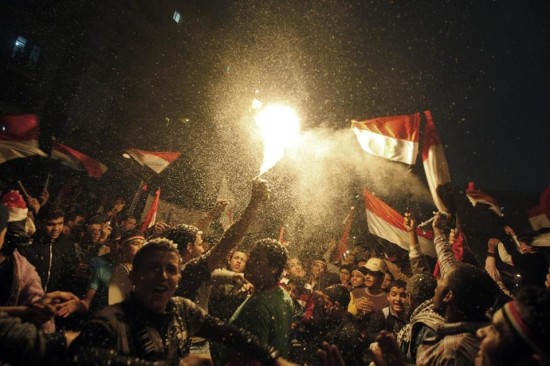

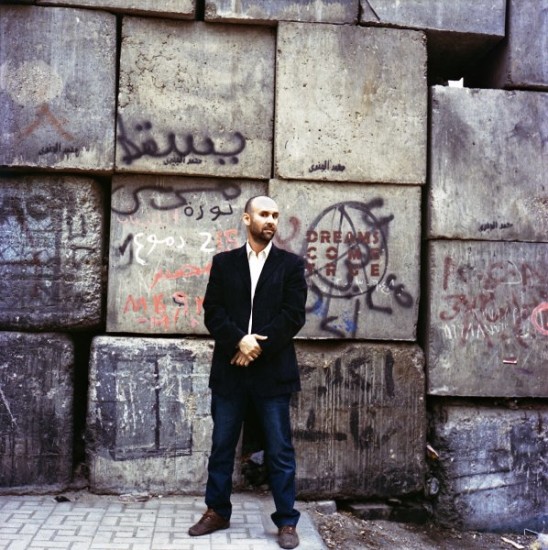
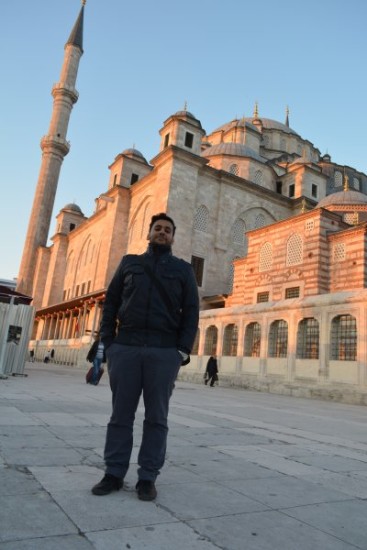
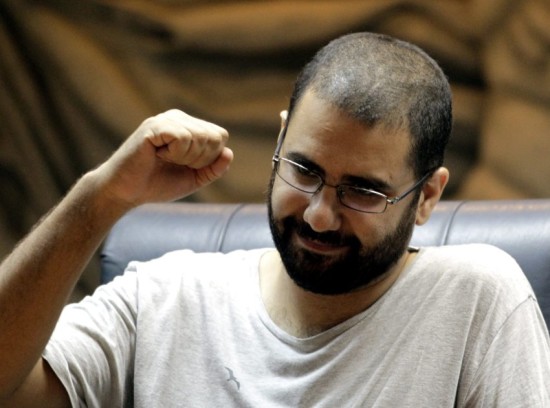



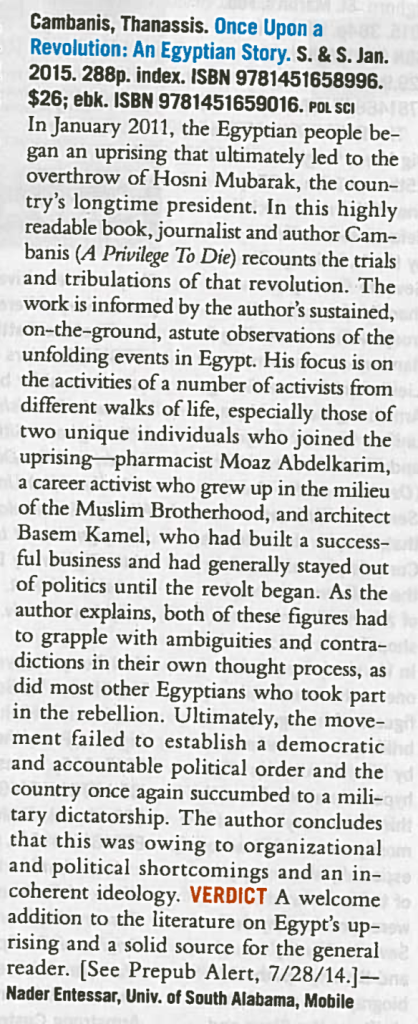
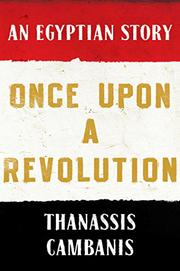 That Cairo landmark is a metonym. As journalist/historian Cambanis (A Privilege to Die: Inside Hezbollah’s Legions and Their Endless War Against Israel, 2010) records in this lucid account of the Egyptian uprising, strategists of the opposition spent much time figuring out just where they could organize protests without being quashed by the country’s well-organized military, setting some of the early demonstrations and meetings in places “where the streets were too narrow for police trucks and water cannons” until momentum grew. It didn’t take long for the revolt to sweep the country, with its crowning day on Jan. 25, 2011. Cambanis profiles ordinary Egyptians who rose up against the Mubarak regime, some out of support for the Islamist cause, others in the hope of secular democracy. Their political divide runs deep. As the author writes of one key actor, “El-Shater didn’t seem to understand how much the liberals hated the Islamists, and how much the revolutionary Islamist youth mistrusted the Brotherhood leadership, himself included.” It is for that reason that the revolution—which, Cambanis reminds us, necessarily involves tumult and violence—remains incomplete. “I fell in love with the Tahrir Revolution,” he writes, “but this love didn’t blind me to its faults.” Still, to judge by this account, those faults are fewer than those of the previous regime, which leaves some hope that the people of Egypt are headed in the right direction—even if the Muslim Brotherhood soon “exposed itself as power hungry and eager to use violent tools of repression to silence opponents.”
That Cairo landmark is a metonym. As journalist/historian Cambanis (A Privilege to Die: Inside Hezbollah’s Legions and Their Endless War Against Israel, 2010) records in this lucid account of the Egyptian uprising, strategists of the opposition spent much time figuring out just where they could organize protests without being quashed by the country’s well-organized military, setting some of the early demonstrations and meetings in places “where the streets were too narrow for police trucks and water cannons” until momentum grew. It didn’t take long for the revolt to sweep the country, with its crowning day on Jan. 25, 2011. Cambanis profiles ordinary Egyptians who rose up against the Mubarak regime, some out of support for the Islamist cause, others in the hope of secular democracy. Their political divide runs deep. As the author writes of one key actor, “El-Shater didn’t seem to understand how much the liberals hated the Islamists, and how much the revolutionary Islamist youth mistrusted the Brotherhood leadership, himself included.” It is for that reason that the revolution—which, Cambanis reminds us, necessarily involves tumult and violence—remains incomplete. “I fell in love with the Tahrir Revolution,” he writes, “but this love didn’t blind me to its faults.” Still, to judge by this account, those faults are fewer than those of the previous regime, which leaves some hope that the people of Egypt are headed in the right direction—even if the Muslim Brotherhood soon “exposed itself as power hungry and eager to use violent tools of repression to silence opponents.”
